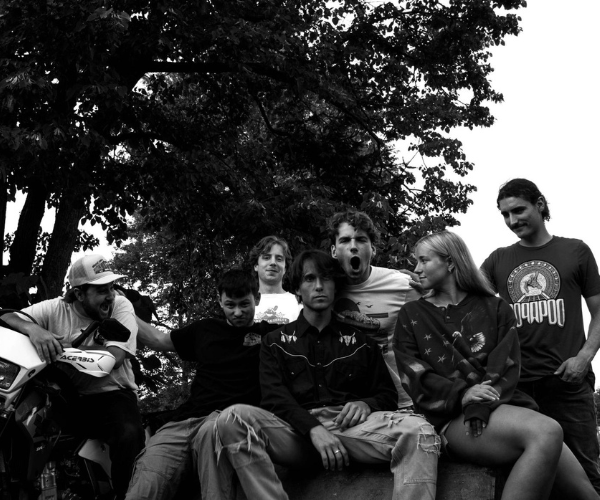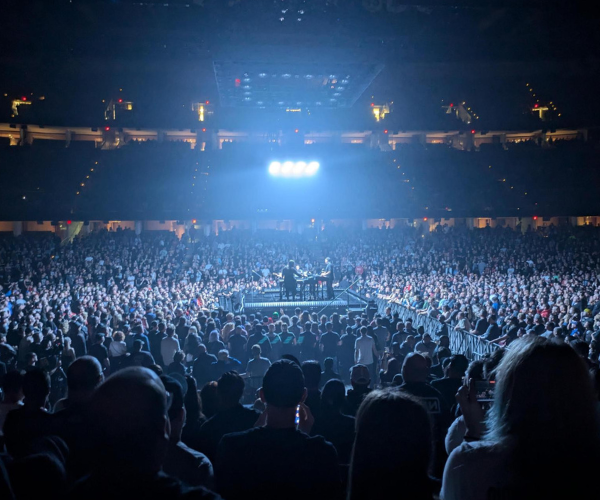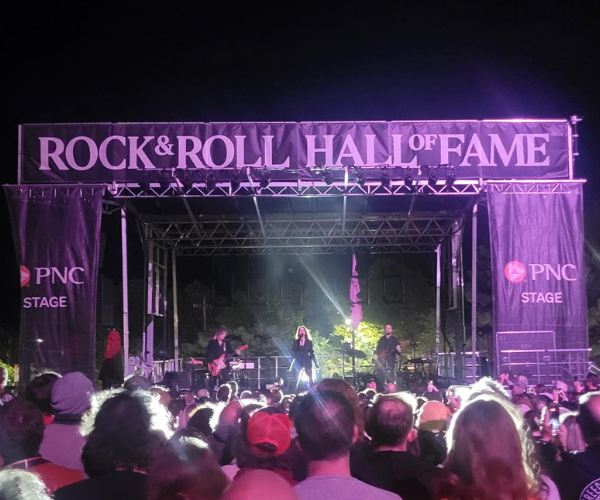A sticker on the cassette's plastic case bears the date, neatly written in pen: July 4, 1978. The battered audiotape housed inside doesn't seem to want to play at first. But when it starts rolling, I instantly recognize Bruce Springsteen's familiar, raspy voice and awkward nervous laughter.
It's an interview he did with KMET in Los Angeles a month after the release of Darkness on the Edge of Town. When the radio host asks Springsteen what he imagines people in Asbury Park, N.J., are doing on the Fourth of July, he doesn't really answer the question, instead offering: "It's a beat-up old beach town and it's got some rides, none of which are too scary. It's got bars that play rock 'n' roll music with monsters at the door."
For the rest of the interview, he talks about past gigs, discusses the new album, recounts meeting the E Street Band's Clarence Clemons for the first time and reveals he had just $2,000 in the bank after Born to Run came out, so he stayed on the road for two years.
It's all good stuff and the sort of interesting bits of music history one can find at the Rock and Roll Hall of Fame and Museum Library and Archives at Cuyahoga Community College's downtown campus. The archives reading room, where I'm checking out the Springsteen interview, has a few listening stations with headphones and stereo equipment. The place looks a lot like any other library's multimedia room except there's a turntable at every desk.
The library and archives, which opened in January, houses an extensive array of archival material, including collections from Sire Records' Seymour Stein, Arista Records' Clive Davis and Warner/Reprise Records' Mo Ostin. It's a place where scholars and fans alike can get a close-up look at seldom seen and previously unearthed bits of rock history.
"As we process the items we have and start to make more items available, we know that we're making them available for the first time," says library and archives director Andy Leach.
The library is open to everyone, but those who want to check out the archives must first make an appointment. After signing up for a library card and watching a short presentation on how to handle the materials, they can search the database. Once they've filled out the necessary paperwork, they're directed to the archives reading room, where an attendant wheels out their selections on a plastic cart.
Along with the recording, I've requested to look at a lyric sheet and a set of vintage Springsteen photos. The former, from the collection of the Knack's Doug Fieger, is an old but well-preserved photocopy of what appears to be Springsteen's handwritten lyrics to "Don't Look Back," which he originally recorded for Darkness on the Edge of Town. The Knack also recorded the song, and it was a bonus track on the 2002 reissue of Get the Knack.
"Doug apparently wrote a song with Springsteen. Could this be it?" notes a Post-It stuck to the sheet. The song reads like a Springsteen tune, and it's been credited to him, but it's still unclear what role Fieger played in the process.
Next, I put on a pair of white gloves and remove the Barry Schneier photos from a large envelope. One grainy color shot shows The Boss singing with his eyes closed, while Clemons, looking dapper in a white linen suit, plays the saxophone. In another photo, an unshaven Springsteen sits at the piano, his hands on the keys. The lighting is perfect — his face the only part of the black and white photo that is properly illuminated.
They're intriguing photographs, and what's here is just the beginning. Because the archives staff has yet to process more than half of the pieces in the building, new surprises are sure to be revealed.
"We hope to be the world's pre-eminent research center for rock 'n' roll," Leach says. "We already have the most comprehensive collection of materials."



